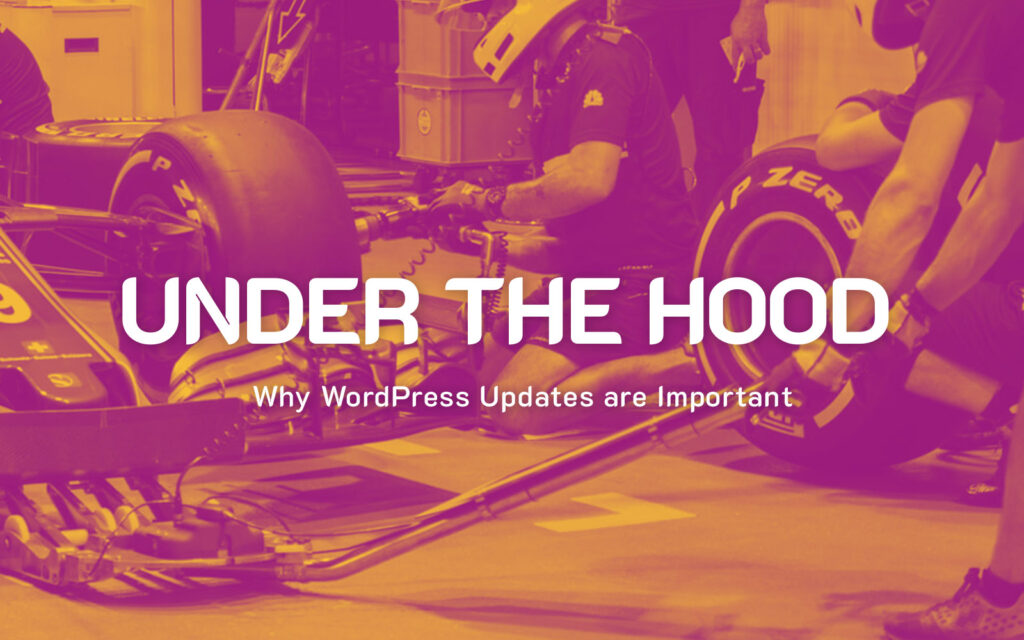Let’s take a look at the facts. First off, WordPress is amazing. It’s currently the backbone that powers 27% of the internet. And it’s largely a DIY affair; it’s free, open source and fostered by a community of developers. Great for you! And, unfortunately, also great for those looking to exploit vulnerabilities – whether they be real life cyber criminals or just those pesky digital gremlins causing havoc in the background.
Being one of the most widespread and popular platforms on the internet, hackers and others target WordPress frequently with hack and bot attacks. Additionally, there can be security vulnerabilities in your plugins – you don’t want to be running an insecure version of that plugin where someone could maliciously compromise your site. Luckily, one of the easiest and most effective ways to secure your website, your data and potentially your customer’s data is to ensure your website is up to date. The only downside is, with WordPress improving and fine tuning their product almost every day, this is no easy feat!
We often get asked about WordPress updates; whether it’s safe to update, what the new features include, how the features work, and also, will the new version be compatible with existing plugins. The answers to these can be complex depending on what you’re running in terms of themes, plugins, and other software that powers your site. But it is important to remember, WordPress is a constantly evolving beast, always striving for faster and better, and it has encountered the pesky bug or two in its time. Ensuring your website is up to date drastically limits the likelihood of downtime due to bug fixes, while also ensuring the fastest possible loading times.
An example of a potential issue that can arise from updates is the plugin. These are independent pieces of software designed by various developers outside of WordPress. When WordPress releases updates to its core software, it’s the developer’s responsibility to keep their plugins up-to-date. This is why it’s important to do your homework beforehand. Software updates usually go smoothly, but occasionally they conflict with each other and can trigger malfunctions that can cause a poor experience for your visitors, or worse yet, bring your site down entirely!
Ultimately, updating to the latest version of WordPress not only ensures you beef up your website’s security, it also means a better user experience for your visitors – your current and potential customers.
Putting in place real and pragmatic plans for your WordPress maintenance will ensure you and your customers can enjoy a website that’s secure, monitored, optimised, and benefiting from the latest WordPress technology releases.
If you feel you don’t have the technical knowledge (or the time!) to keep on top of this as a dedicated administrator, reach out to us today – we’d love to show you how we can help keep you covered.
